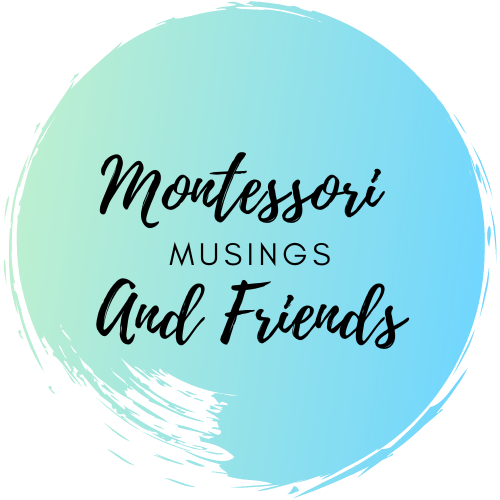Montessori-Pierson Publishing, 2013
By Barbara Isaacs, September 2021
This year’s book club readings take us back to the first international training delivered by Montessori in Rome in 1913. She was 43, and already celebrated around the world for her revolutionary approach to education. Today we would say that these lectures made a significant contribution to her international career. They were attended by participants from all around the world including a group of 13 teachers sponsored to attend by the London County Council. They became the pioneers of the Montessori movement in the UK. Some of them introduced Montessori education to primary classrooms in the London Borough of Acton, where Montessori practices were supported for more than 20 years. These classrooms demonstrated what may be possible and what Montessori education had to offer to children in mainstream education, something we have not seen in the UK for more than 90 years, until Montessori was introduced at Gorton Mount in Manchester in 2006.
In the chapters on ‘Social Conditions of the Child’ and ‘Social study of the Family’, Montessori reminds us of her medical roots and her early deep commitment to women’s rights. She makes powerful and emotive links between oppression of women and children. She reminds us of the many injustices women and children experience in life. It made me think of her relationship with her son Mario. In 1913 he would have been about 15, and whilst they were finally reunited as mother and child, their relationship was kept a secret until after Mario’s death in 1982. Both suffered from the circumstances society and culture determined for them. Yet future generations have benefitted; who knows, maybe if their path of life were easier, we may not have been inspired by her writing, and our own journeys of life might have been different.
One very interesting connection is made in the chapter devoted to the ‘Social Study of the Family’; Montessori talks about the importance of the children’s experiences and their capacity to change the lives of their own families. She also explores the benefits of the educator living close to these families – the educator becoming a member of their community, something I personally came to experience when supporting teenage mums in South Bristol. For these young women it was vital that we joined them in their community – it was unrealistic to expect them to join us in our well-established nurseries in Clifton; however, once trust between the trainer, the innovative and wise Mary Lazo, and the mothers was established, they ventured to see what Montessori looked like in other places, not just in the creche she helped to create in their centre. They also wanted their children to benefit from what they have learned.
The content of The 1913 Rome Lectures relies heavily on Montessori’s medical studies and her knowledge of children from this perspective. In other worlds she considers the many gifts nature endows us with and their importance in our learning, as she juxtaposes them with her ideas about pedagogy and what it should offer to children. There is no instruction on what materials the classroom should include or how they should be used. If you are looking for this type of guidance you need to dip into the 1914 Dr Montessori’s Own Handbook – the closest you are likely to get to a manual of Montessori materials and how to use them.
This year, the blogs will reflect the content of the chapters set for our monthly reading; I will also dip into The 1946 London Lectures (2012) when the 28th International training course was delivered in London. I hope that this will give us an opportunity to consider some of the changes and developments in Montessori’s teaching and her personal and professional growth between 1913 and 1946. In the lecture focusing on ‘Solving the Social Problem’, (p 144 – 150) she explores the impact of the first six years of life and the evolution of human being. She urges educators to give children opportunities to absorb and adapt to the physical, social and cultural environments and to be role models worthy of children’s imitation. She states “…the child that has to adapt himself (herself) to the environment can only adapt to it by copying others“ (2012: 147). She goes on to explore the nature of learning during the first six years of life and the indelible impact it has on children’s development. We now know that we do continue to develop, grow and learn, and that whilst positive experiences nourish our on-going learning, the negative experiences, or as Montessori calls them ‘defects’ can be overcome when unconditional love and care surround the child. This is where consideration of rhizomatic learning (Advance HE, undated) can be helpful and where the role of the learning community, not just that of the individual, is considered to be a powerful tool for grappling with the uncertainties of the 21st Century. This perspective of learning also challenges Montessori’s own vision of the learning process.
Join us on Tuesday 21 September as we delve into these two chapters in more depth and do, if you have time and access, explore Lecture 20 in The 1946 London Lectures which explores Solving the Social Problem.
Our next reading for book club on 2 November, will focus on Montessori’s initial ideas about observation and its importance in our work with children. Just in case you were tempted to start reading now.
Course programme and Guide on Methods of Observation and Study page 15
The Biographical Chart and Anthropological Observations page 38

